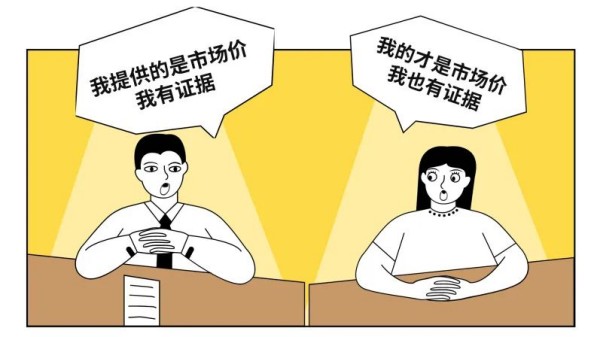How is compensation determined when both parties submit different market price evidence for use of similar types of images?
The Beijing Internet Court (BIC) recently held an open hearing on a case of infringement of the information network dissemination right. The court found in its first instance judgment that the infringement had been established and the defendant was ordered to stop the infringing behavior and pay 5,420 yuan ($808.7) to the plaintiff as compensation for economic losses and other expenses. The verdict is now in effect.
Case summary

The plaintiff surnamed Li owned the information network dissemination right of 27 photographic works which were used by the defendant (a media company) on WeChat without authorization from the plaintiff. The plaintiff claimed it infringed upon his legitimate right and requested the court to order the defendant to stop the infringement and compensate him with 13,500 yuan for economic losses and 2,000 yuan for expenses.
The defendant argued the claimed compensation amount was too high. The plaintiff did not mark the price when publishing those photos and the defendant marked the source of the article containing the photos when republishing it. The page view was 40. There was no commercial profit generated by the article. And the republishing was not for commercial purposes. Therefore, no substantial damages were caused to the plaintiff and the defendant requested the court to decline all claims from him.
During the trial, both parties submitted related but differing evidence on the market price of the same type of photos. The evidence submitted by the plaintiff showed the total value would be over 10,000 yuan and that submitted by the defendant showed that 1,000 yuan would suffice.
After trial, the BIC concluded:
As stipulated in Article 54 of the Copyright Law (2020 amendment), in case of infringement upon copyright-related rights, the infringer shall make compensation on the basis of the actual loss suffered by the right owner or based on the illegal gains of the infringer; where the actual loss of the right owner or the illegal gains of the infringer are difficult to be calculated, compensation may be determined by reference to the amount of royalties for that right.
The actual economic loss of the copyright owner is usually reflected in the royalties of the work involved. In this case, although the plaintiff did not submit evidence to prove the royalties of the works involved, both the plaintiff and the defendant submitted evidence of the market price of the same kind of photos involved in the case to be used as a reference for the royalties of the works involved. Given the large discrepancy of the prices, the court determined the compensation amount and supported part of the claims of the plaintiff based on such considerations as the market prices of similar works as reflected in the evidence of the case, the shooting difficulty and popularity of the works and the page views of the article involved.
Regarding the lawyer’s fee which the plaintiff claimed to be part of the expenses, no evidence was submitted to show the plaintiff did actually spend the money. As for the evidence collection fee as part of the expenses, the plaintiff did submit the electronic certification document and other related documents. Considering those factors, the court supported part of the claim based on factors including the difficulty of evidence collection.
Details of the judgement:
The BIC ordered the defendant to stop the infringement and compensate 5,420 yuan to the plaintiff as economic losses and other expenses.
Tips from the judge:
According to Article 54 of the Copyright Law, if the court can determine the exact or general amount of the actual loss, illegal gains or royalties, it should adopt discretionary compensation rather than statutory compensation to determine the compensation amount. In image-related copyright cases, royalties are usually reflected by the market price of the images. In this case, the court determined that the market price evidence submitted by both parties could be used to decide the royalties of the works involved. Based on that, the court used its discretionary power to determine the compensation amount by considering the market price of similar works reflected in the evidence, the shooting difficulty and popularity of the works and the page views of the article involved.
It is worth noting that although the discretionary compensation is not limited by the maximum or minimum amount as stipulated by statutory compensation, when applicable, the parties should be guided to fulfill their burden of proof in terms of the actual loss of the right owner, the actual gains of the infringer and the royalties of the works involved, so that the compensation amount is determined in a more scientific and reasonable manner, which in a broader way, will contribute to the formulation of a damage compensation calculation mechanism that conforms with the market law and the real market value of intellectual property rights.

 Beijing Internet Court Lawsuit Service WeChat Account
Beijing Internet Court Lawsuit Service WeChat Account  Beijing Internet Court WeChat Account
Beijing Internet Court WeChat Account